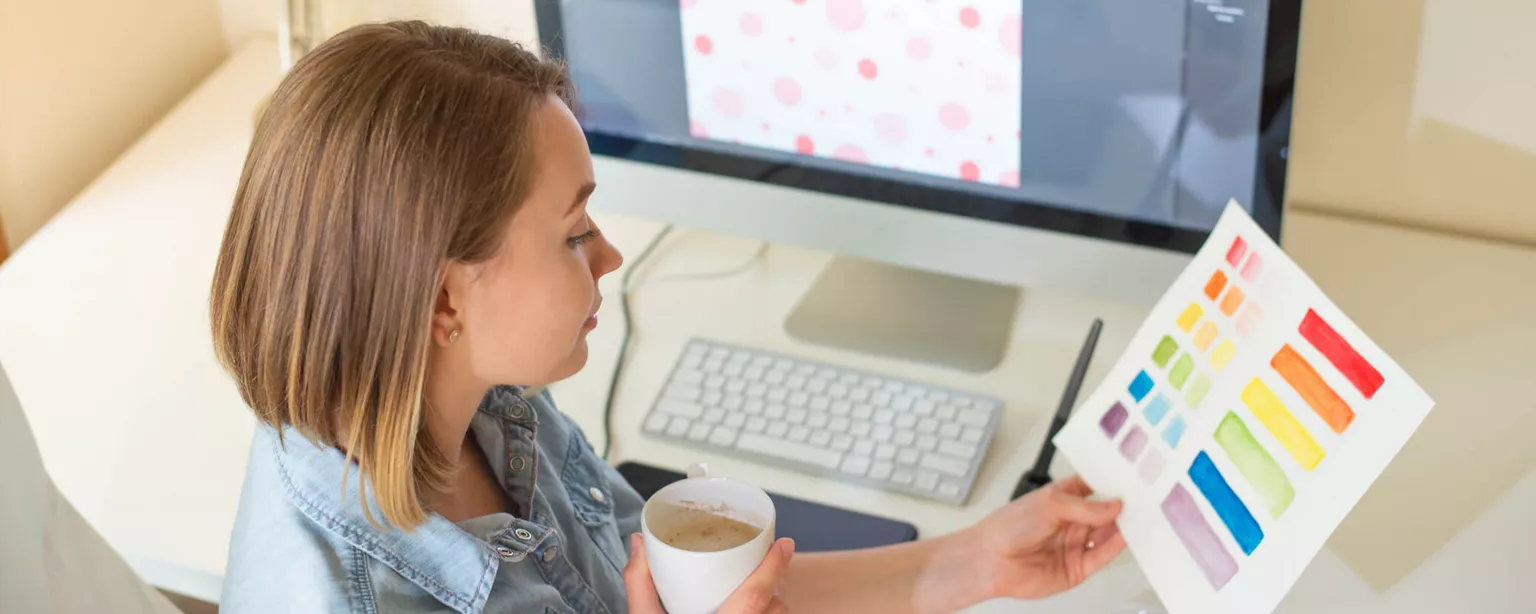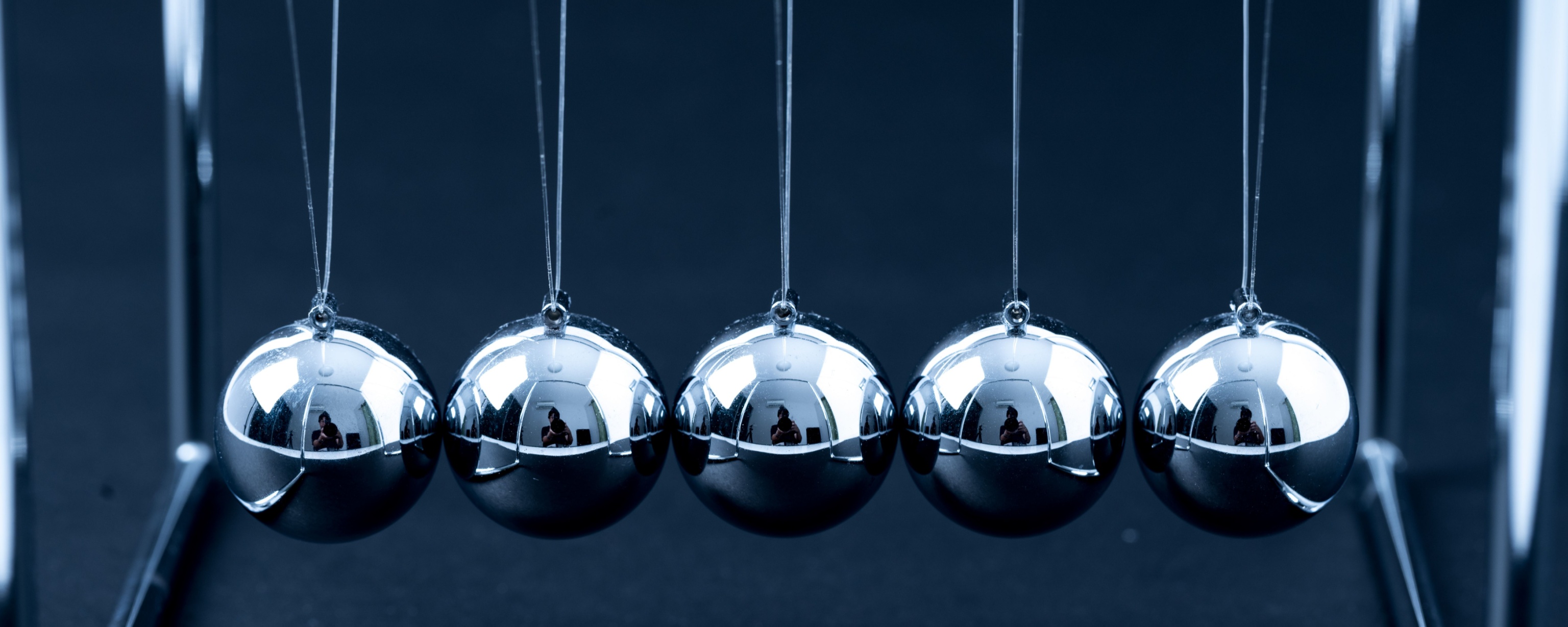As a graphic designer, you’ve probably had the opportunity to create a brand identity for a client. But have you taken the time to brand yourself?
Building your own brand is in many ways more important than the work you do for clients, because it demonstrates your strategic thinking and creativity to potential new clients — think of it as a kind of graphic designer introduction that gives potential clients insight into what you offer as a professional.
As in any business, when you brand yourself effectively as a graphic designer, you’re not only representing yourself well but also giving prospective clients and employers an idea of your level of professionalism and the confidence they need to hire you. This “introduction” or sorts begins the moment potential clients see your website or other marketing materials. Knowing how to introduce yourself as a graphic designer, then, is a crucial first step in giving prospective clients or employers instant insight into your brand.
But what does it mean to brand yourself? Personal branding for designers, as in other professions, is loosely defined as a representation of your professional skills and experience viewed through a lens that reflects your unique, authentic self.
Whether you’re a contract professional seeking new clients, or you’re looking for a permanent position in a creative agency or in-house department, branding yourself as a graphic designer should be Job 1 — even before you polish your digital portfolio and send out your graphic designer resume. Your brand should shine through in all your job search tools.
Here are 10 tips on how to brand yourself as a graphic designer:
1. Treat yourself as a client
Take your branding project through the same process you would use with a key client. Block time in your schedule, develop a creative brief, and gather information about your competitors and your market.
2. Study the brands you admire
How do the designers and creative agencies you respect present themselves verbally and visually? As you brand yourself, study other successful brands. Observing what they’re doing right — and wrong — can help you enhance your own branding.
3. Start with words, not images
While it’s tempting to start your branding process by sketching a personal logo, that’s not the place to begin. To effectively brand yourself, make a list of your skills, experience and qualities. What do you love to do? Who are your ideal clients? Develop a list of words that reflect who you are, personally and professionally.
Read Hot Job: Graphic Designer to learn about the duties, expectations and salary ranges for this role.
4. Find your unique offering
Thinking about your competition, consider what you bring to the table: a unique perspective, a specific skill or a way of working that’s different from every other graphic designer in your area.
5. Make it authentic
When you brand yourself, you have to live it in every interaction you have with clients or prospective employers. When you’re comfortable in your own skin, your authenticity shines through, which makes you appear more genuine and trustworthy.
SEARCH OUR OPEN GRAPHIC DESIGNER JOBS
6. Craft your story
Take a stab at writing your professional bio. If this becomes a daunting task, consider hiring a copywriter to help.
7. Draft an elevator pitch
Distill that story into a single sentence that effectively (and interestingly) conveys your brand premise. As they say, it takes only a second to make a good (or bad) impression. When you inadvertently bump into a potential client, your elevator pitch can come in handy as a succinct, descriptive and accurate way to present your brand. An elevator pitch can also serve you well in job interviews when the interviewer says, “Tell me about yourself.”
8. Translate words to images
Sketch designs to represent your brand. Whether it’s a typographical treatment of your name or a conceptual graphic, find the best way to brand yourself so your look matches your story.
9. Pay attention to all your marketing materials
Brand yourself with a full suite of tools and materials, including your logo, portfolio, website, business cards and invoices. Make sure all your marketing materials get across one central message: “I am a graphic designer.”
10. Refine your brand
Your personal brand is a living thing, and it should evolve as your graphic design career develops. Revisit it every two or three years to see if it needs a refresh.
When you brand yourself effectively, you create a strong impression that quickly tells prospective clients or employers all the important things they need to know about you — and can impact their decision to work with you or contact a competitor.








